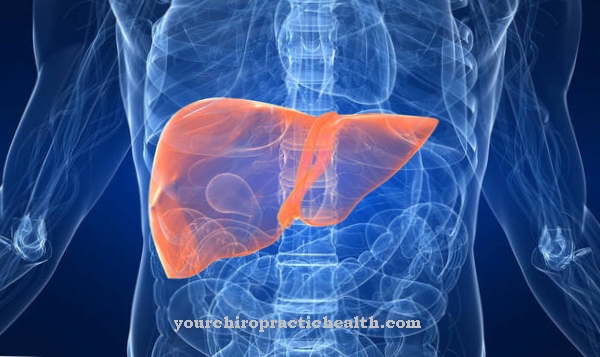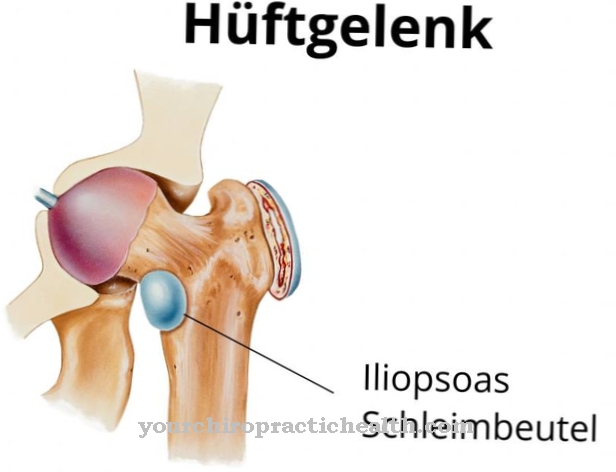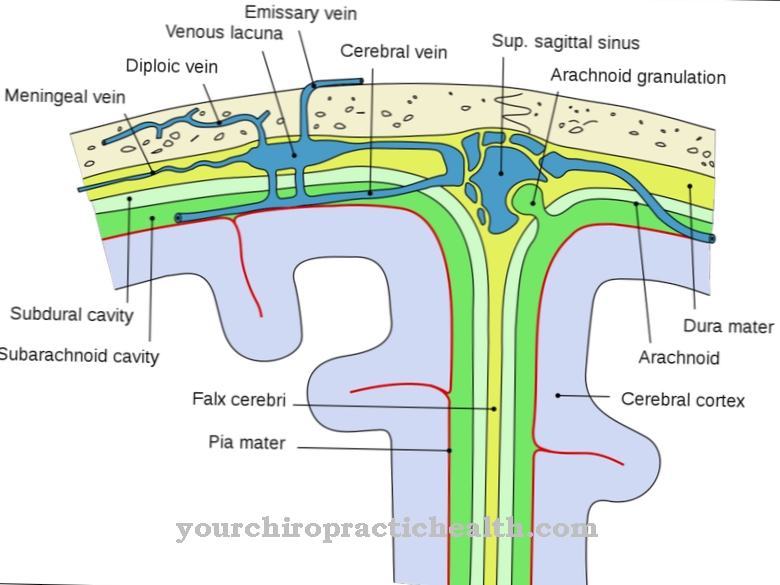Pheromones are fragrances that influence the behavior of conspecifics. In this respect, it is mainly sex attractants known to humans. Man's pheromones, for example, influence the woman's menstrual cycle.
What are pheromones?
Pheromones are messenger substances. They are used for non-verbal, purely chemical communication between individuals of a species. In this regard, pheromones can also be used as Semiochemicals describe. The body of the transmitter secretes them unconsciously and automatically. The recipient perceives them unconsciously and gives a behavioral response.
The chemist Karlson and the zoologist Lüscher coined the term pheromones in the 20th century as chemical substances that trigger specific reactions in a relative. The best-known pheromones are sex attractants. Apart from that, there are different types of biochemical substances. Aggregation pheromones, dispersion phermones, alarm substances, trace pheromones or marker substances and aphrodisiac capheromones belong to the most important groups. However, most of them are not common among humans.
For them, among the pheromones, only the sex attractants play an increased role. In German there is a saying that the chemistry between two people is right or wrong. This expression reflects the function of the sex attractants relatively aptly.
Anatomy & structure
Each pheromone is either a primer or a release pheromone. Primer pheromones trigger a signal cascade. They influence the metabolism or even stimulate proteins that bind to the DNA. They trigger a physiological change in the recipient. Releaser pheromones, on the other hand, only have a brief effect that controls the behavior of a conspecific.
Humans only have primer pheromones. The most famous of these are formed in the man's axillary glands. All pheromones are released via the sebum and sweat glands of the skin, via bacterial strains or urine, saliva and vaginal secretions. Each pheromone is structured in such a way that it can attach itself to the cilia in the olfactory organ of its fellow species. This means that the structure differs from pheromones with the species. The structure of the substances also differs with the respective function.
The Resus monkey emits a mixture of vinegar, butyric, propionic, isovaleric and isobutyric acid as a sexual attractant. The dog, on the other hand, produces methyl p-hydroxybenzonate as a sexual attractant. So far the structure of pheromones has only been further researched for insects.
Function & tasks
Pheromones take on different communication functions within a species. The exchange of information relates either to individuals within the respective species or to those of foreign species. Sex pheromones or such pheromones to mark territories give information about individuals of their own kind. Alarm substances, on the other hand, often relate to dangers from outside. For example, living beings can warn different conspecifics about invading aliens.
For example, the black-tailed deer alarms other black-tailed deer with the pheromone cis-4-hydroxy-dodec-6-ene-acid lactone. The mouse, on the other hand, has pheromones to accelerate puberty, but also those to induce aggression. The ripening effect of some messenger substances is in turn related to the networking of hormones and pheromones. Some animal species also mimic the pheromones of other species in order to integrate into their ranks. For example, caterpillars mimic the behavior-influencing pheromones of ants in order to be fed by them. The ants mistakenly recognize them as brood. In humans, the sexual attractants influence the perception of the opposite sex.
For example, androstadienone is found in the seminal fluid and armpits of a man for this purpose, while a woman secretes estratetraenol. In this context, homosexuals react to the messenger substances of their own gender. The male sex attractant can affect the woman's menstrual cycle, which apparently serves to increase the birth rate. Secretions from the female vagina and armpits have been shown to even have dream-modulating effects on men during deep sleep. Among people, pheromones are unconsciously absorbed by the olfactory system and thus influence the vegetative or hormonal system via automatic responses of the brain without the person even noticing this influence.
Diseases
A change in the pheromone balance in humans is usually reflected in changes in the hormone balance. A changed hormone balance can lead to various symptoms. The most important are fatigue, lack of drive and obesity, but sexual disorders can also be due to hormone deficiency. In women, hormonal disorders and pheromone disorders also often experience menstrual problems.
However, not all changes in the pheromone balance are pathological. Many changes are biologically intended, such as those during menopause or pregnancy. According to recent studies, the changed pheromone balance of pregnant women is said to have an impact on both her own behavior and that of her partner. These changes in the pheromone level should be able to trigger the so-called Couvade syndrome, for example, which is also known as brood care behavior.
Not all hormonal changes have their origin in changes in pheromone production. For example, diseases such as diabetes or thyroid disorders can also have an influence on the hormonal balance. In medicine, it is currently being discussed whether the administration of certain pheromones in the context of various diseases could fulfill therapeutic purposes. So far, however, the pheromone processes in humans have not been sufficiently researched to provide a satisfactory answer to this question.


























